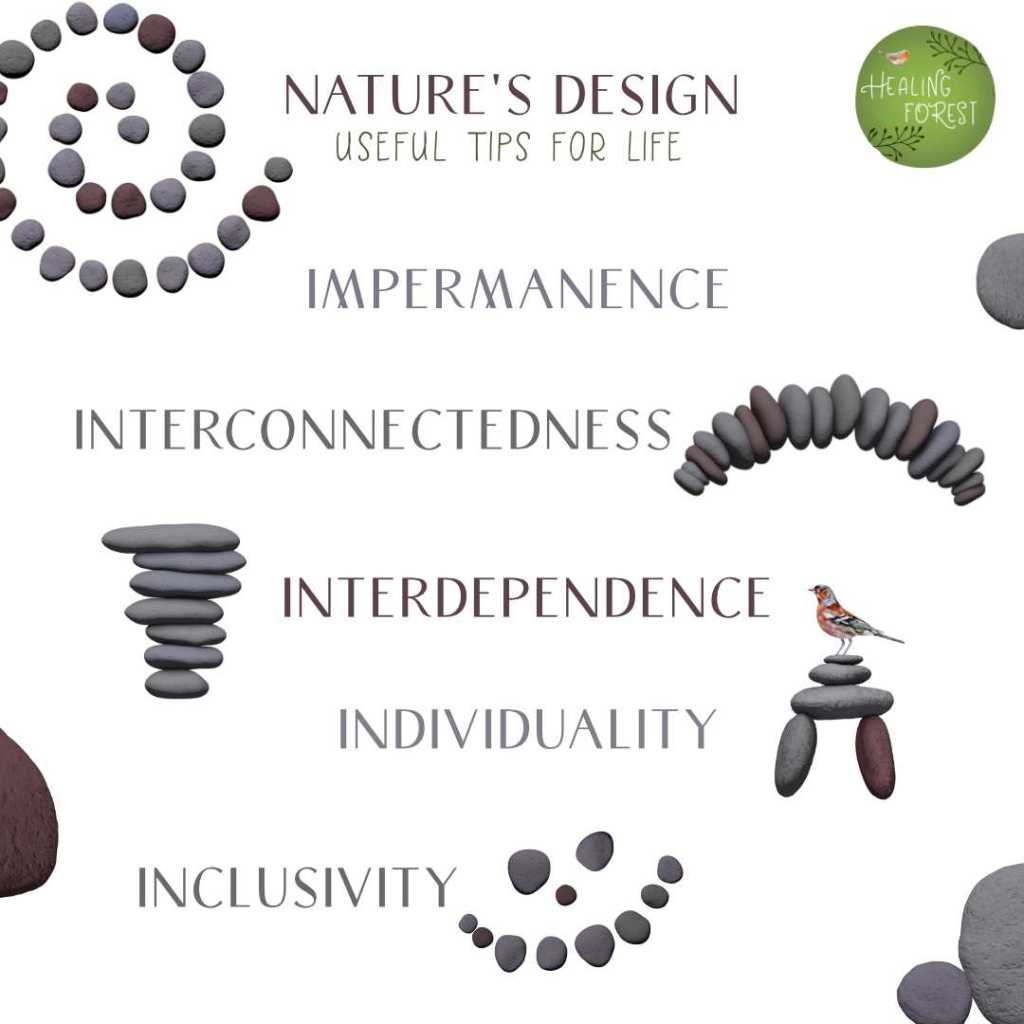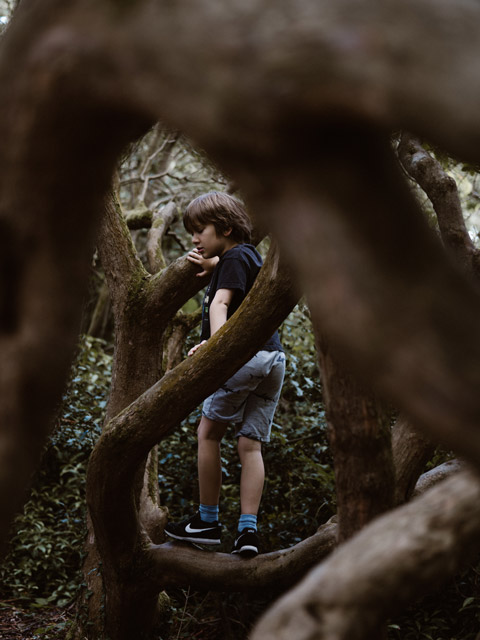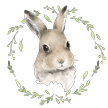Mindful Art is a unique skill for all of us, not so that we can be artists, but because drawing is another way of thinking. Just like using words is a way to think out loud on paper, mindful art is simply a way to “think” in another form.
You don’t have to be an artist to create mindful art! Drawing is something all of us have used with a pen or pencil on paper to plan, show or imagine what we are thinking. Being “good” at art doesn’t really matter as long as ideas are being shared.
In this article we show you how drawing your thoughts can be a powerful tool for improving your thinking, creativity and communication. Through the creative process of mindful art, let us explore our inner selves, access unconscious thoughts, and gain a new perspective on life.

A Zen Story On Mindful Art
Once upon a time, a Zen master was asked by a student, “Master, what is the purpose of art?” The master replied, “Art is a mirror that reflects the beauty and truth of the universe. It is a way to touch the divine and to see the world with new eyes.” The student questioned, “But master, how can I create art that is true and beautiful?” The master answered patiently, “The true artist does not seek to create something beautiful, but rather to see beauty where others do not. The true artist does not seek to express themselves, but to disappear into the work, becoming one with the universe. The true artist must first empty their mind and become like a blank canvas. Only then can the universe paint itself upon you, and only then can you create something beautiful and true.”
This story illustrates the idea that true art is not something that can be forced or created through effort, but rather it is something that comes from a state of emptiness and receptivity. The true artist is one who is able to let go of their own ego and desires and allow the universe to express itself through them.

Mindful Art Activities
You can combine these mindful art ideas with a nature walk to amplify its benefits. All you need is a pencil and a notepad to scribble your ideas. Doing these activities in a group serves to create memorable experiences and helps in bringing people closer to each other.
Mindful Art: A Page Full Of Circles
Fill a page with circles. Circles that touch each other, but don’t intersect. Add as many circles as you can within the page. Fill in the gaps in between circles with more tiny circles. You can even fill the insides of a bigger circle with smaller circles.
It is impossible to draw a perfect circle. The aim is to accept your imperfect circles, but continue to improve the skill. This mindful art of drawing circles, helps us slow down our thoughts and serves as a warmup to move on to more creative tasks.
Mindful Art: Draw Your Mood
The prompt for this exercise is very simple. If you could visualise your mood what would it look like? You can do a version of this activity before the nature walk and then at the end of the nature walk. Compare the two drawings and observe what has changed and why?

Mindful Art: Shape Of All Things
In this mindful art activity, choose any object in nature. Observe its shape carefully for some time. Try to see the fundamental geometric shapes that make up the object. For example a mountain can be drawn into a triangle. A tree can be represented with a circle and a rectangle.

Mindful Art: Mind Mapping
This mindful art activity involves writing down a word or phrase that represents a current thought or emotion, then writing down other words or phrases that come to mind in response. As you write the associated words connect them with lines. See what pattern of lines emerge at the end of the activity. This exercise can help individuals to explore their thoughts and emotions in a more verbal way.
Mindful Art: Silhouettes & Shadows
For this exercise pick any interesting leaf that you find on your walk. Trace out the outline of the leaf on a black piece of paper. Use your imagination to turn this simple trace into a magical forest creature or a monster that is haunting you. You can even fill the page with traces of many different leaves and create a party of magical beings on the page.
As your imagination grows, translate the activity into your nature walk. Begin to identify magical beings and creatures in shapes of trees and rocks that you encounter on your walk. Give them names based on their unique characteristics.

Mindful Art: Drawing The Invisible
The prompt for this activity is to draw the negative space between two objects. Negative space, in art is the empty space around and between the subject(s) of an image.
Generally when we look at things we focus on the object itself. But if we expand our observation we become aware of interesting and artistically relevant shapes that surround the objects to reveal completely new things.
Mindful Art: The Tree of Life
If you were to draw your entire life in the shape of a tree, what would the tree look like? In this mindful art activity, draw an entire tree on a page with branches as well as roots. You can label the roots with values which are important to you. In the branches write down words to depict significant moments of your life. And finally represent the important people in your life as forest creatures that have a relationship with your tree of life. This activity is a beautiful way of creating a snapshot of your life’s journey so far.

Mindful art can be a powerful tool for understanding and processing thoughts and emotions, whether it’s through the process of creating art or viewing it.
Art as a mirror of the universe is a reflection of the Zen concept of unity of all things. The idea that everything is interconnected. The mindful artist is able to tap into this interconnectedness and create art that reflects the beauty and truth of the universe.

Benefits of Mindful Art
- Mindful art helps us slow down and relax our mind.
- It makes us better observers of our outer and inner landscapes.
- Mindful art is an interesting way to exercise our imagination.
- Mindful art can be a bridge between the known and the unknown – helping us tap into our subconscious mind.
- It gives is new insight into thoughts and emotions – our own as well as that of others.
- Above all, it is creates joy and peace.
Art therapy, a form of psychotherapy, specifically uses the process of creating art to help individuals express themselves, overcome emotional challenges and develop self-awareness. It helps individuals to understand and process their emotions, thoughts, and experiences in a non-verbal way and can be beneficial for people of all ages, abilities, and backgrounds.
Art can also help individuals understand and process difficult experiences such as trauma, grief, and loss. It can also help in dealing with mental health issues such as anxiety, depression, and PTSD. Additionally, viewing art can also be a way of gaining insight into one’s thoughts and emotions. For example, looking at a piece of art that evokes a strong emotional response can help the viewer understand and process their feelings.

Mindful Art Inspiration
For aeons humans have turned to nature and art for creativity and community. The inspiration for the mindful art activities in this post comes from the fascinating cave art found around the world. Here’s a glimpse of 10 amazing examples to take you back in time.
We hope these mindful art activities take you on a creative journey to bring peace and presence in your lives. What other activities can we use to create Mindful art? Please add your thoughts in the comments to grow our collective knowledge.

*Do share this post, so it reaches where it’s needed.
To get useful new ideas once a month you can join our free newsletter. Discover amazing walks, arts, games, meditations, forests from around the world. For more activities check out our post on Nature Art.
Healing Forest is a volunteer driven project. Our goal is to bring people and forests closer to each other through creativity and mindfulness. The aim is simple. Helping people heal. Helping forests heal.


























